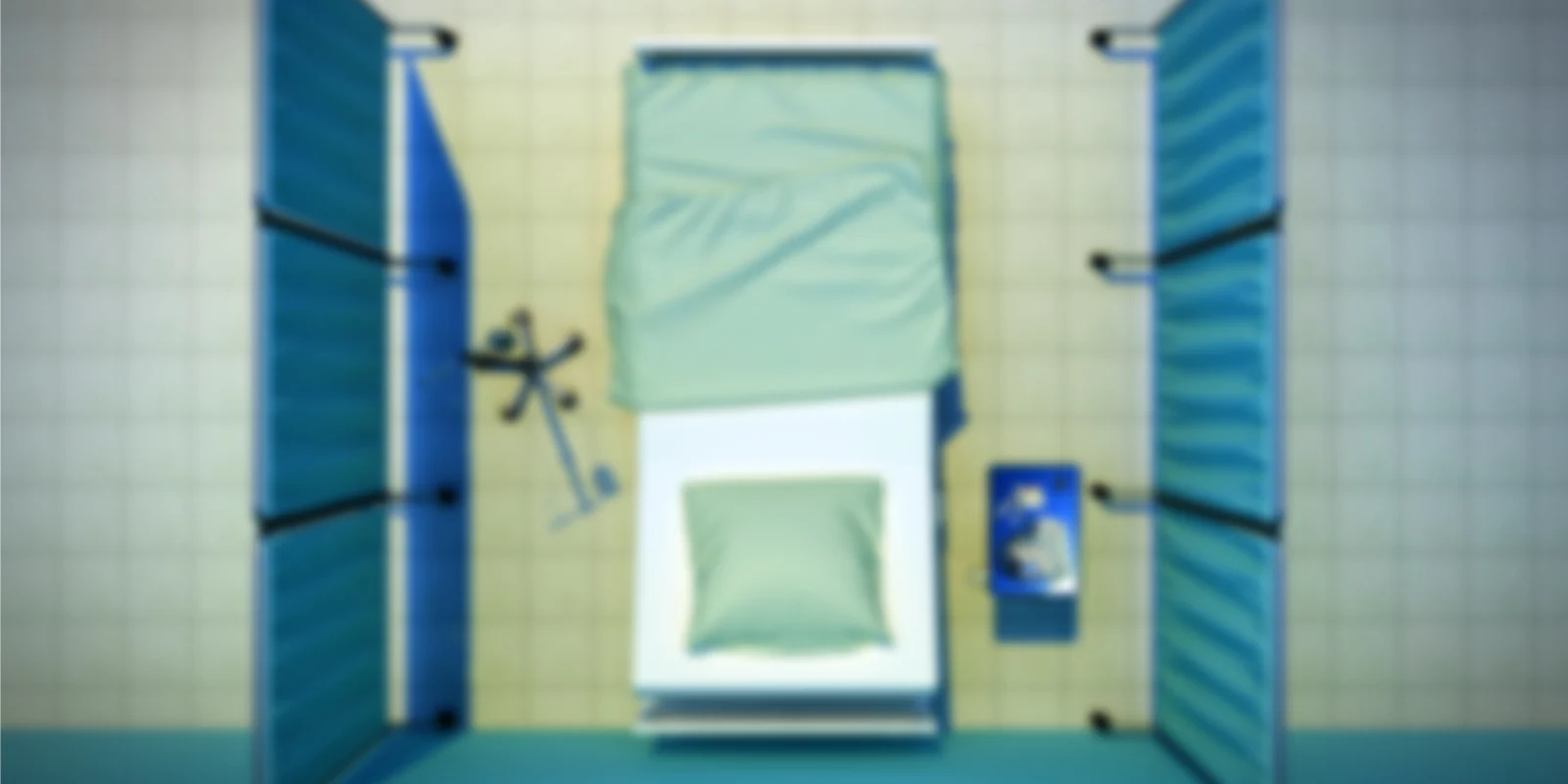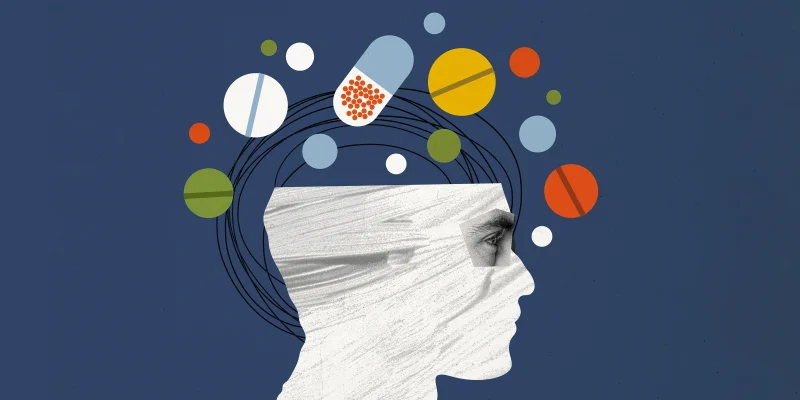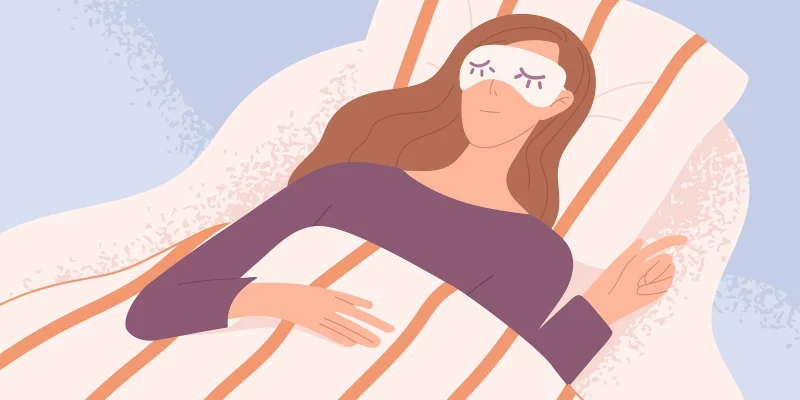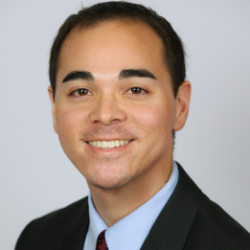
A man comes in shouting, “Doctor Saab, mera bachi ko bachao." Doctor sir, please save my daughter.
I jump from my seat, quickly run around the counter, and hurry towards the patient. I stare at her and see a cloth wrapped around her forearm. It is soaked in deep crimson clotted blood. This is my first day posted in the emergency room and I am on edge.
I take a hopeful glance around the room for help, searching for anybody. I see a doctor out of the corner of my eye. His name is Dr. Ravi, a 2nd-year resident trying to resuscitate a patient. He seems exhausted but undefeated.
He gazes around and yells, “Push 1 of atropine and epi,” while continuing with compressions.
Now not knowing what to do, and feeling flabbergasted, I am completely lost. However, luckily to my rescue, a nurse rushes towards me. One quick look at the bloodstained arm, he says, “Doctor saab, aap ko suture legana hoge." Doctor, you will need to put sutures.
I stare blankly at him with concern and disarray and think to myself, “This cannot be happening. I have no idea how to do this.”
By this time, the patient has already been rushed into the minor operation theater. I enter the room with fear and panic. It has odd puke green color walls, bloodstains across most of the floor, and dirty grey cabinets that surround the room.
Growing up in the US, I always thought of hospitals as a safe place, where everything was clean and germ-free. Where doctors wore gowns and masks to protect themselves and me from whatever it was that I was suffering from. I could not believe the complete irony of the situation as I entered this room with the clothes I had been wearing all day and my white coat on top. Luckily, there were gloves that I could use; they were all that I had.
I put on a brave face, pull on the gloves and start to examine the patient. I slowly peel off the cloth, which was now completely adhered to her forearm, by using forceps and normal saline. She shrieks in pain. I pick up the clotted blood in my hands and throw it in the bucket below me. As I reach the last layer, I see a deep laceration on the middle aspect of the anterior forearm. The girl’s father was staring at me, making me fully aware that I was being watched. I was already very nervous and this was not helping.
I turn around and ask the father, “How did this happen to her? I'm hoping a formal investigation will not need to take place.”
He tells me nervously that she got into an accident. It didn't sound convincing.
I quickly rewrap the laceration, find a piece of paper next to me and write down a few supplies I need from the family. I never thought I would have to ask someone who looks like they can barely afford to put a meal on the table, or forget the table not even on the warped clay molded floor, to be getting supplies. However, I knew I had to because this is how the hospital works. It was a tertiary government center that could not afford it either. What options do they have?
The family comes back with the 4-0 proline suture, gauze, gloves. I ask the nurse to give me a tray with a suture set, open up the suture and put the gauze on it. In my mind, I know I am freaking out; I have seen a few videos before but never tried it myself.
I take the suture, attach it to the needle driver and stare at the skin that is profusely bleeding. I keep wiping it with gauze, waiting for my dorsolateral prefrontal motor cortex to plan my next movement. I attempt to approximate the skin and pierce the suture through it. I tried my best because I don’t want to give a bad scar to this child for the rest of her life. I pierce through the other skin flap and attempt my best to wrap it twice around the driver, grab the loose end and pull through. The nurse standing next to me cuts the suture and then stares at me. I think to myself, "What mistake did I make?" The suture looks okay to me.
I put down the instruments and attempt to go hold the suture with my fingers. I realize that it is loose and will need to be removed and resutured. I decided that I would first put the rest of the sutures and cut this one at the end. I put the next few sutures approximating ½ inch from each other. It seemed to me that each suture was getting better than the next. I cut the last one, feeling accomplished, proud of myself. I put on antiseptic cream and finished the wound care.
The family looks at me, looks to the daughter and tell me that I have been a godsend. That I saved their daughter. It was unbelievable how much honor they gave me. This memory will always be with me and gives me hope that one day I will become a respectful doctor who is here to serve.
Kush Sharma is a postdoctoral fellow whose main concentration is on the quality of life and daily functioning of degenerative diseases such as Parkinson’s Disease. His most recent focus is on non-invasive brain stimulation techniques. He has recently completed medical school.
Image by kai celvin / Shutterstock







